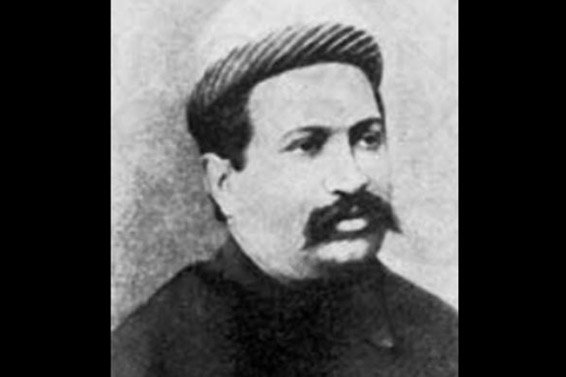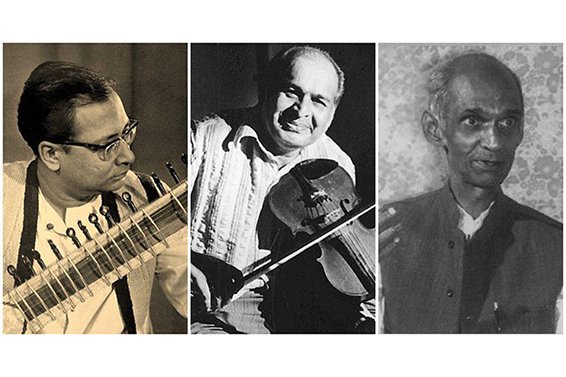Jamsetjee Framjee Madon — a pioneer of Indian cinema and champion of Calcutta’s poor Parsis
Jamsetjee Framjee Madon was one of many pioneers of Indian cinema. He owned over 120 cinema halls at one time. Jamsetjee was very trendy in his outlook and a reformist in his non secular views. He was one of many first trustees of the Late Ervad D.B. Mehta’s Zoroastrian Anjuman Atash Adaran and was a supporter of the younger Bella, to whom he left Rs 5,000 in his will to assist her in her authorized case.
Jamsetjee Framjee Madon was born on 27 April 1856 in a really poor household in Bombay. The household being really indigent, he needed to search employment on the tender age of twelve as a scene-shifter within the dramatic firm of Cooverji Ratanji Nazir, at a wage of Rs four monthly. The younger lad bought enamoured of the stage, copying the roles of the heroes and heroines of the performs and later enjoying small roles on stage. Since he had an excellent voice, he might act the a part of a courtesan and have become fairly common.
He then joined Elphinstone Natak Firm which toured the nation and in 1875, on an auspicious day, he got here to Calcutta with this touring firm. A while later he took over this firm in partnership with a number of others. This firm prospered, because of his expertise, far-sightedness and laborious work, and made Calcutta its everlasting house. Concurrently he began dealing in auctioned items and in 1885 began one other enterprise as wines and provision service provider at 5, Dharamtalla Road. His honesty, perseverance and mild nature quickly attracted essential Indian prospects and the store grew to become extraordinarily common amongst authorities officers and Englishmen. There have been seven branches of this retailer together with these at Calcutta, Darjeeling, Lucknow and Delhi.
In 1903, on the time of the British invasion of Tibet, Jamsetjee opened meals and provision shops all the way in which from Siliguri to Chumbi and assisted the armed forces in supplying meals and provision to troopers even at nice private threat. The British officers tremendously appreciated Madon’s fortitude and bravado because of which Jamsetjee was given a big contract of supplying the military through the wars in Kabul. He carried out his work at nice threat and in considerably troublesome circumstances, to the utmost satisfaction of the army officers. In appreciation of those providers, the British Authorities awarded him the Order of the British Empire in 1918.
Additionally learn: A decade-long authorized battle for permission to attend Parsi dad and mom’ final rites
On 30 March 1919, the Calcutta Parsis felicitated Jamsetjee at a operate underneath the chairmanship of the trustee of the Anjuman, Seth Edulji Pestonji Guzdar. Madon Seth was congratulated on acquiring the Order of the British Empire and praised for his easy life, mild nature, honesty and kindness and for his munificence in direction of the poor.
Seth Jamsetjee, like the opposite Parsi elders of the group, had a beneficiant nature and was at all times anxious to help the needy. Having grown up in poverty he felt for the poor and gave employment to many poor Parsi kids in his cinemas and retailers. He was thus chargeable for the livelihood of numerous Parsi households. Lots of his charities had been finished secretly and it may be really mentioned of him that his left hand was not conscious of what his proper hand gave away. It was estimated that such secret handouts averaged Rs 5,000 each month. This assist was not restricted to Parsis solely; all of the needy benefitted from his charity, regardless of caste or creed. Many establishments of public welfare owed their existence and prosperity to him.
In 1907 Seth Jamsetjee took up the mission of constructing a second Tower of Silence in Calcutta. Beginning a subscription record together with his private donation of Rs 5,000, he went from home to deal with and managed to gather a lakh of rupees from the Calcutta Parsis. It was as a result of his affect that the municipality gave a grant of Rs 27,000 in direction of the acquisition of land for this second Tower of Silence, and he personally bore the bills of Rs 20,000 in direction of constructing it. Seth Madon’s efforts and far-sightedness resulted in bringing collectively the clergymen of the Kadimi and Shahanshai sections for the primary time in Calcutta. The Kadimi clergymen carried out the non secular rites on the time of the inspiration and the Shahanshai clergymen carried out the consecration rites.
In 1912, on the time of the constructing of the Mehta fireplace temple, Seth Jamsetjee offered his devoted providers. The constructing connected to the fireplace temple used as a residence for the clergymen was constructed and donated by him and his household to the Atash Adaran. He introduced a number of chandeliers, lamps and carpets for the principle prayer corridor and likewise many tables, chairs, giant cooking utensils for common use. This generous-hearted Parsi additionally had the foresight to begin funds with preliminary private donations to deal with the longer term upkeep of the Atash Adaran.
Additionally learn: When Maharajas, enterprise tycoons and peasant leaders joined the mundu-clad Rajaji to kind the Swatantra Occasion
Seth Jamsetjee was deeply sympathetic in direction of the poor Parsi households in Calcutta. In Dharamtalla Road he constructed Khorshed Madan Mansion at an expense of Rs 1,10,176 in reminiscence of his beloved daughter, Mrs Khorshed Rustomji Maneckji Mehta, who had died on 14 January 1920 through the lifetime of her dad and mom. Seth Jamsetjee donated this home to the Anjuman on the understanding that the flats be rented out to the poor and middle-class Parsi households of Calcutta at a low lease. Additional he put aside a sizeable fund for the upkeep of this constructing.
He additionally secured the land for the ‘aramgah’ for the Parsis in Darjeeling and donated funds in direction of its upkeep. On a number of events he gave donations to the Anjuman on behalf of his associates and relations. Seth Jamsetjee organised a number of ‘profit nights’ in lots of his cinema homes to gather funds for charities for Parsis in addition to different communities.
In 1923, the British Authorities honoured him with the award of Commander of the Order of the British Empire in recognition of his many cosmopolitan charities.
About twenty years previous to the appearance of cinema on a industrial foundation in India, Seth Jamsetjee experimented with this new media and perfected it for public viewing. He was really a pioneer of the cinema business in India.
The younger lad of twelve, who began his profession as a scene-shifter at a wage of Rs four monthly, aided by some fortunate flip of occasions and tremendously as a result of his personal inherent potential, perseverance and laborious labour, grew to become, within the night of his life, the proprietor of 100 cinema homes in India. Seth Jamsetjee’s life is a shining instance of Parsi journey and philanthropy. Upon his demise which occurred in Calcutta on roz 22 Govad, Mah 10 Dae, 12 months 1292 y.z., equivalent to 28 June 1923, Calcutta misplaced a real benefactor of the poor.

This excerpt from Pioneering Parsis of Calcutta by Prochy N. Mehta has been printed with permission from Niyogi Books.
ThePrint is now on Telegram. For the most effective studies & opinion on politics, governance and extra, subscribe to ThePrint on Telegram.





